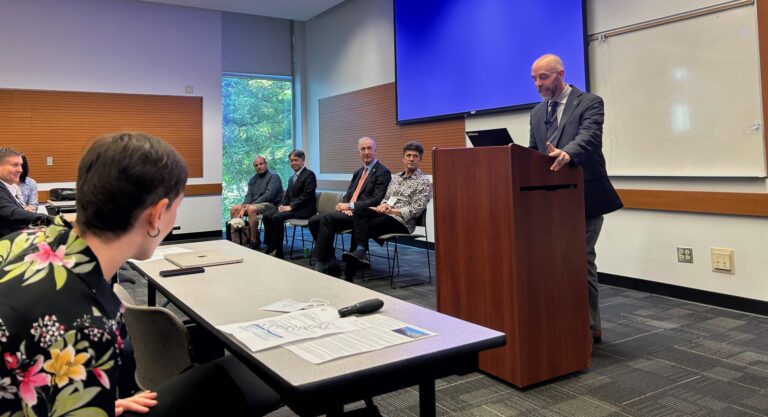
Vancouver, BC – written January 20, 2025 – As Lufthansa approaches its centennial anniversary, the aviation world is abuzz with excitement over the remarkable restoration of a historic aircraft—the Lockheed L-1649A Super Star. On January 17, 2025, Lufthansa Technik unveiled this long-haul aircraft in Hamburg, marking a significant moment for aviation enthusiasts and the airline itself. This flagship of the Lufthansa fleet from the late 1950s has been meticulously restored, capturing a pivotal chapter in aviation history.
The Super Star first graced Lufthansa’s fleet in 1957, signalling a new era in long-distance air travel. This aircraft, renowned for its elegant design and advanced engineering, offered the luxurious Senator class service, aimed primarily at transatlantic travellers heading to New York. This non-stop route across the Atlantic was a groundbreaking feat at the time, allowing passengers to traverse over 3,000 miles in a remarkable 17 hours. The restoration of this aircraft not only honours its storied past but also serves as a testament to Lufthansa’s enduring legacy in aviation.
The Project Overview
The project, spearheaded by the Hamburg technical team at Lufthansa Technik, involved the complex assembly of several large components, including the fuselage, wings, and the aircraft’s notable triple tail unit. The meticulous process began in October 2023 with the arrival of 292 wooden crates filled with smaller parts, and culminated in the aircraft being rolled out for the first time on its own landing gear—an awe-inspiring milestone celebrated by the aviation community.
Unique to this restoration is the commitment to authenticity. The cockpit, which mirrors its 1950s counterpart, includes functional lighting and controls, alongside cable-operated rudders and flaps, all providing a captivating glimpse into the engineering prowess of that era. This dedication to detail recognizes the technological innovations that characterized the Super Star, making it a favorite among travelers at the time.
However, the journey doesn’t stop with this initial reveal. In the coming weeks, the aircraft will be carefully dismantled into larger segments to facilitate transportation to Münster/Osnabrück Airport. Here, the Super Star will be repainted in the original Lufthansa color scheme from the classic “Parabola phase,” reviving its vintage charm. The interior will be outfitted with modern comforts while embracing the aesthetic of the 1950s. Seats from an earlier A340 have been reimagined in luxe wine-red leather, complemented by carpets and curtains inspired by historical designs.

The grand reunion of the Lockheed Super Star with Lufthansa’s heritage doesn’t end there. Upon completion of its restoration, the aircraft will find a new home in Frankfurt. Scheduled to arrive in October, it will be prominently displayed alongside the historic Junkers Ju 52 D-AQUI, becoming the centerpiece of the Lufthansa Group’s new conference and visitor center, set to open in spring 2026. This unveiling is perfectly timed, coinciding with the airline’s 100th anniversary, symbolizing a celebration of both the past and the future of aviation.
As Lufthansa celebrates a century of aviation excellence, the restoration of the Lockheed Super Star stands as a remarkable reminder of the airline’s rich heritage, innovation, and commitment to preserving its legacy for generations to come. With its glass façade allowing for a clear view of these iconic aircraft, the new center will not only attract aviation aficionados but also inspire a new generation of travelers to appreciate the evolution of air travel.
History of Lufthansa
Two years after the Allies dissolved the first Lufthansa (founded in 1926) in 1951, the “Aktiengesellschaft für Luftverkehrsbedarf” (Luftag) with headquarters in Cologne was founded on January 6, 1953. On August 6, 1954 Luftag bought the name, the trademark – the crane – and the colors – blue and yellow – from the first Lufthansa, which was in liquidation at the time, and has since then called itself “Deutsche Lufthansa Aktiengesellschaft” (Deutsche Lufthansa Stock Company). Multiple tasks had to be accomplished by the new airline before it could begin flight traffic: finding and buying suitable airplanes, schooling airline pilots and engineers and training air stewards. Organizational and infrastructural prerequisites for the technical maintenance of airplanes also had to be set. The ambitious project succeeded: on April 1, 1955 two Convair airplanes took off from Hamburg and Munich to commence scheduled air services.








